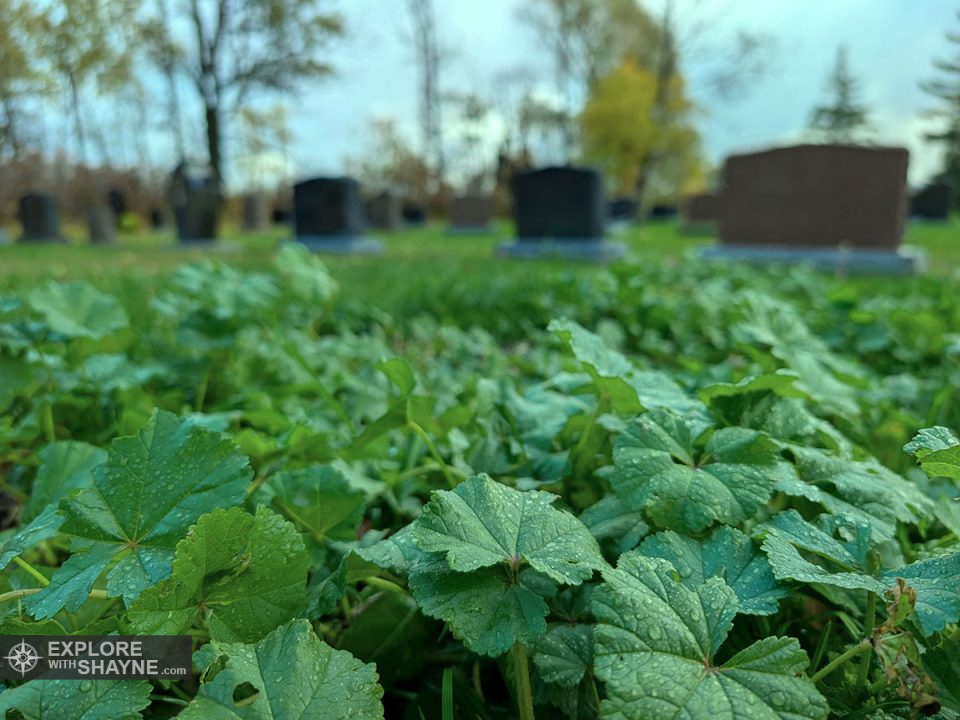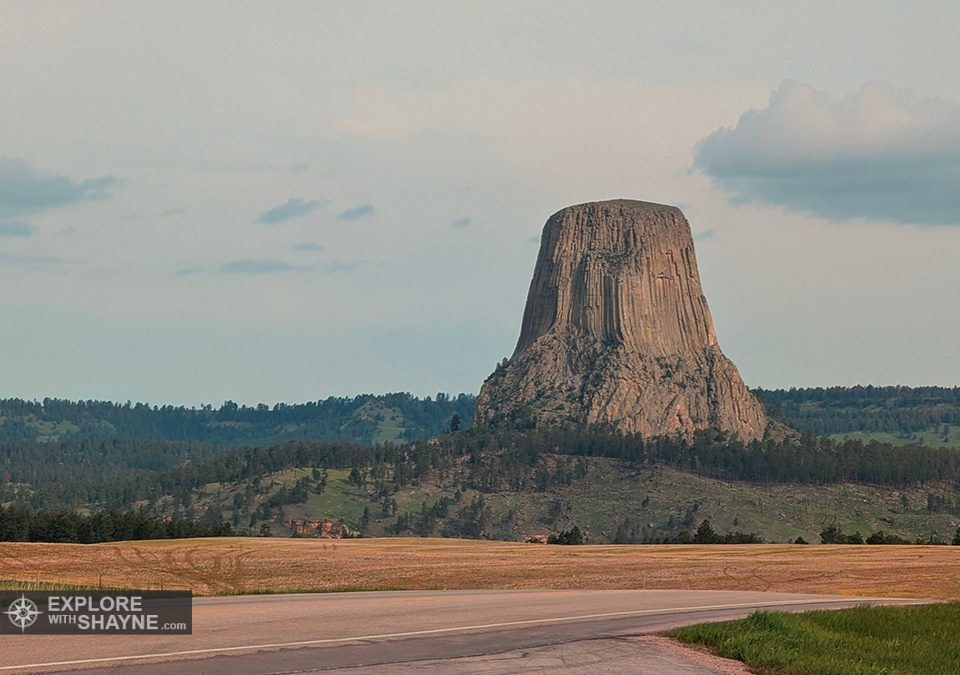Halloween originated over two thousand years ago in Northwestern Europe. Long before the word “Halloween” became commonplace, the Celtic people, who inhabited Ireland, Scotland, and Wales, observed a festival known as Samhain. Samhain, translated as “summer’s end”, was a celebration of the transition from harvest to winter.
The Celtic lunar calendar was based on the equinoxes and solstices, placing events accordingly. Samhain, which typically fell on November 1st, is halfway between the autumnal equinox and the winter solstice. During the event, villages would gather around massive communal bonfires, lit by druids. Animals and grains were sometimes offered as sacrifices, with the intention of securing protection through the cold, harsh winter months.
The Celts believed that the separation between the living and the dead was at its thinnest during this time, likely because it seemed as though the entire natural world, especially crops, was transitioning from life to death. They believed that the veil between this world and the next was so thin that spirits could temporarily return to this world, either to visit their families or cause harm.
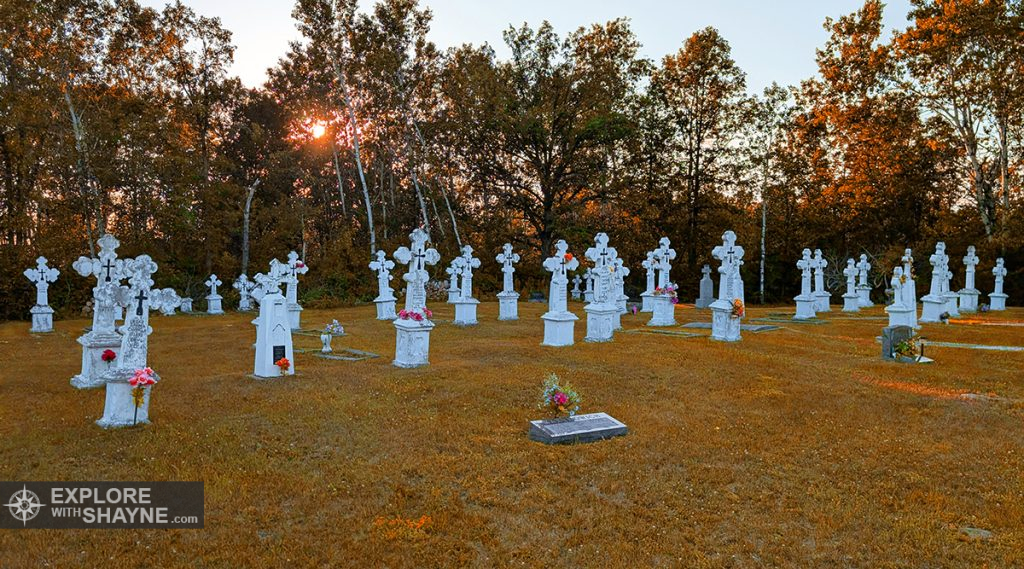
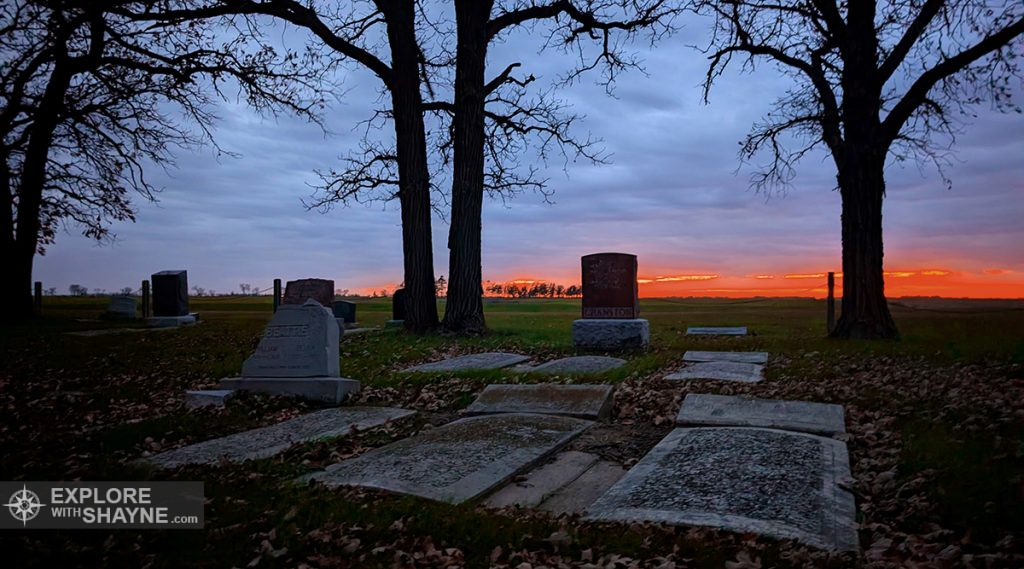
In order to protect themselves from mischievous spirits, villagers wore disguises made from animal skins and masks carved from gourds. Offerings of food and drink were also left on their doorsteps.
In the first century CE, after the Romans conquered Celtic territory, Samhain took on a new life. Influences from Roman festivals, like Feralia, a day of remembrance for the dead, and the Pomona feast, for the goddess of trees and fruits, were assimilated into the Samhain celebrations. Some traditions, such as the use of fruits, are still carried on today, in the form of bobbing for apples.
In the 7th century, the Christian Church established All Saints’ Day, also known as All Hallows’ Day, to celebrate all past saints and martyrs. Held on November 1. The eve before the celebration of All Hallows’ Day, October 31, became known as All Hallows’ Eve, and eventually as Halloween.
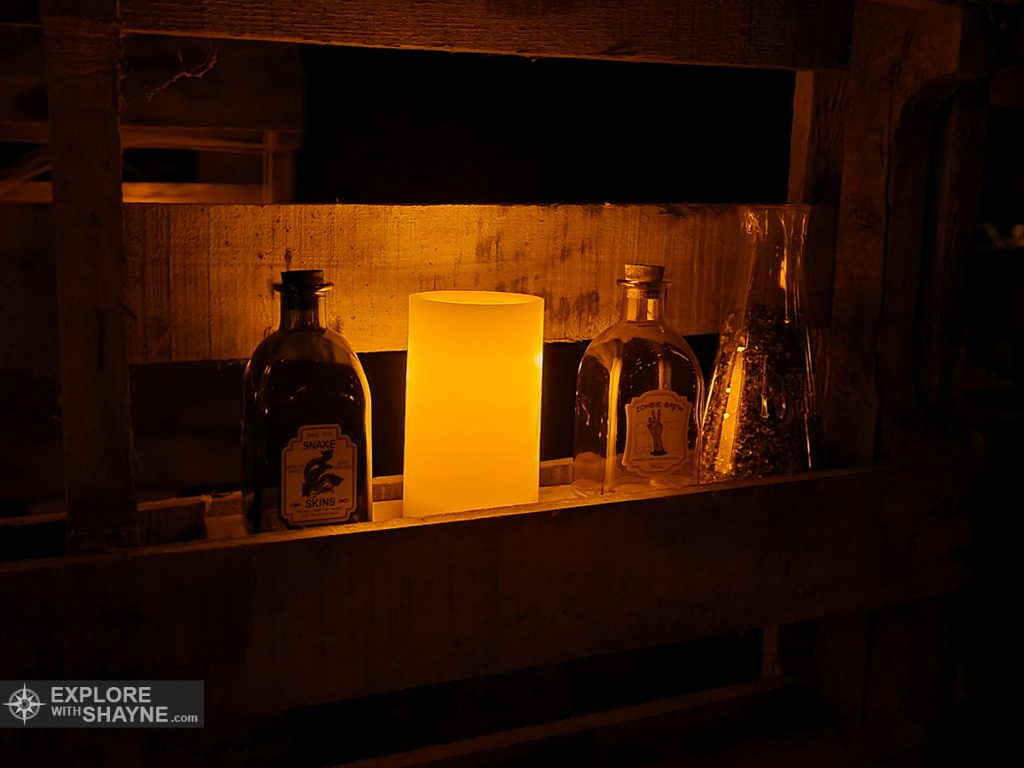
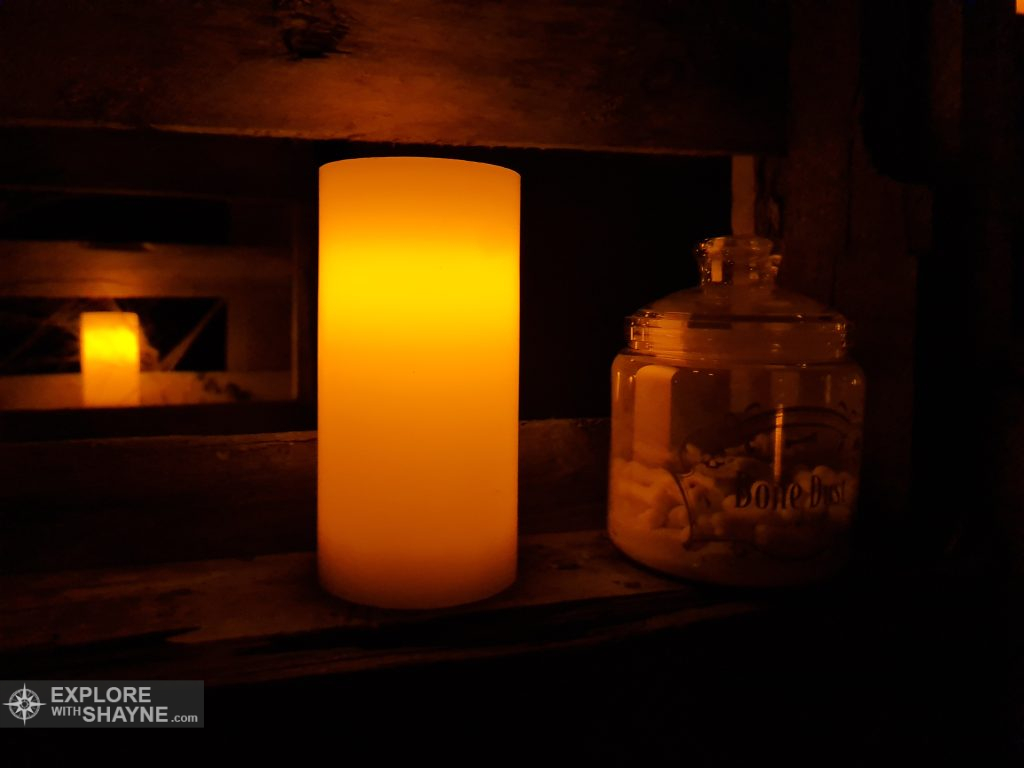
The concept of “souling” was incorporated into the festivals, although it was primarily observed by the poor. People would go from house to house, and pray for the dead of each family, and in return would receive a very small round cake. This “soul cake” was usually decorated with a cross and is the origin of modern Halloween treats.
Later, souling became guising in the 16th century. Guising comes from the French word “guise”, which is the origin of the modern English word disguise. Originating, most likely in Scotland, children began to dress up as ghosts and devils, and go door to door to sing songs or recite rhymes.
In the 19th century, both Irish and Scottish immigrants carried the Halloween customs to North America. Pumpkins, being native to North America, replaced gourds as the go-to Halloween Lantern. Harvest festivals with local folklore began to be organized by communities, while newspapers told parents to monitor their children’s activities, as they feared vandalism.
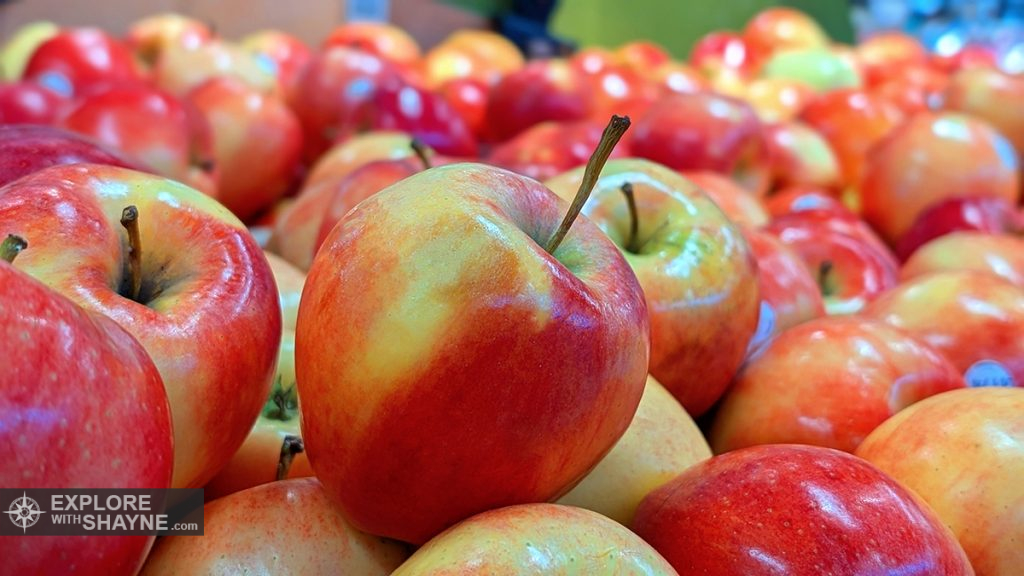
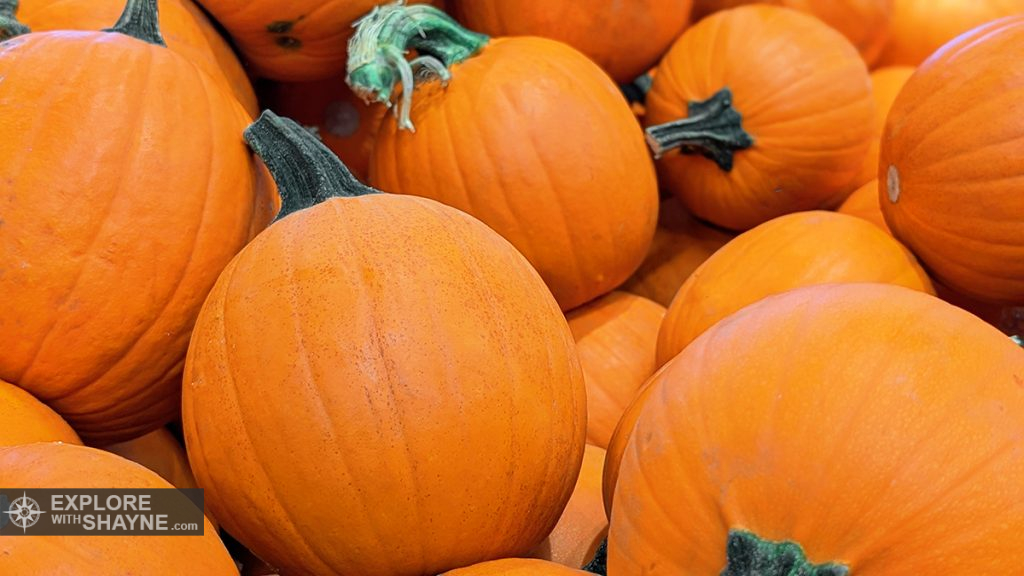
Over time, the costumes changed from just ghouls and devils to animals and comic book superheroes. The expression “trick or treat” was first recorded in print in the 1920s, and by the 1930s, it was generally known.
The consumer culture that originated after the World Wars made a holiday of Halloween, celebrating imagination, candies, and social togetherness. In the background of Halloween, all the old motifs of life and death, light and darkness, are still visible. Modern-day jack-o’-lanterns echo the Samhain bonfires, costumes replicate the guises of Scotland, and the fact that the festival comes at a time when the length of daylight is diminishing. Today, the modern celebration still bears resemblance to its ancient origin.
